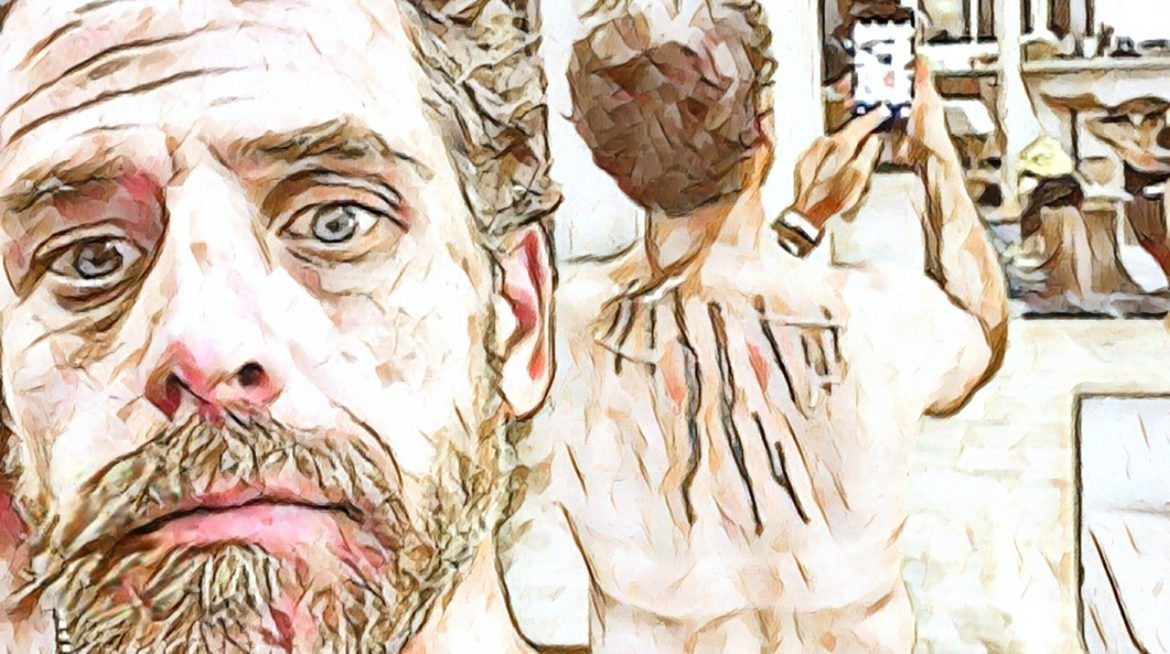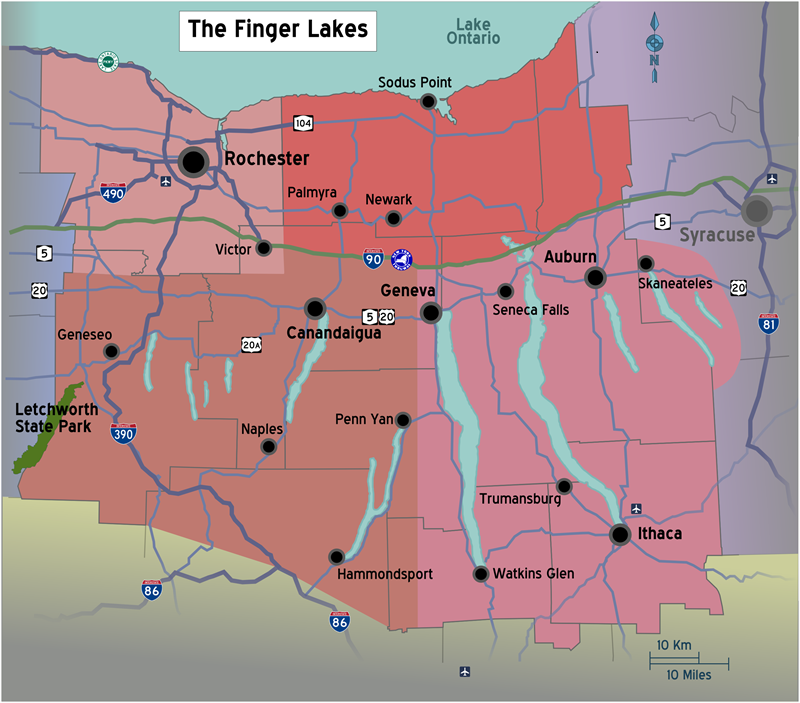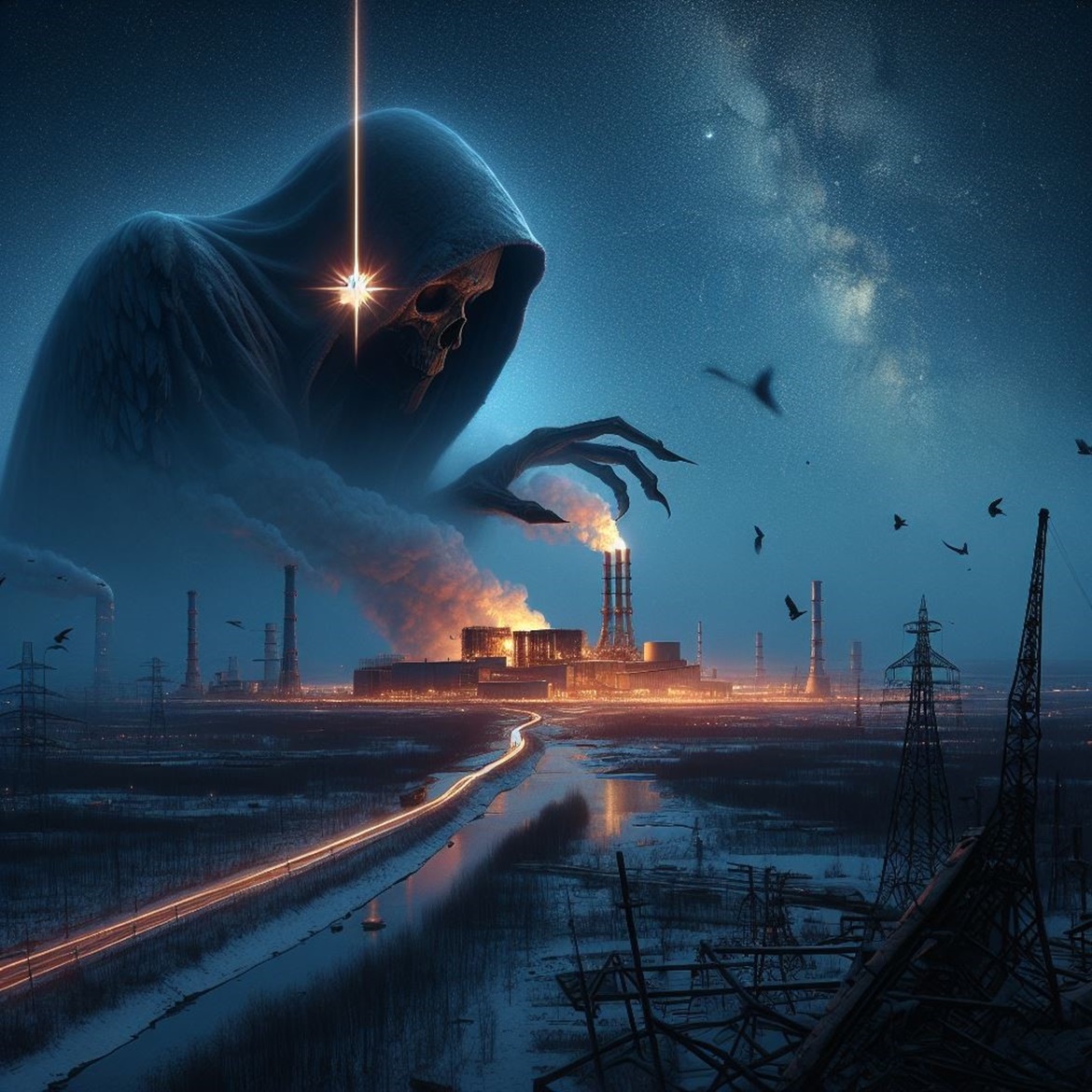Intrigue and curiosity often whirl around public figures, weaving stories that range from inspiring to bewildering. Among these is Hunter Biden, a name that frequently graces the headlines, not just for his connection to the person presently occupying the White House, Joe Biden, but also for his personal choices that frequently attract public interest. Of the various stories and rumors that surround him, one particular detail stands out with a peculiar charm: his back tattoo. This isn’t just any tattoo. It’s a detailed, map-like representation of the Finger Lakes region in upstate New York. Now, why would someone get such a specific geographic area inked on their body? The answer might be more layered than we think.
The Finger Lakes: Not Just a Tourist Destination
Before diving into the depths of Hunter Biden’s ink, let’s paint a picture of the Finger Lakes region. This area, known for its serene beauty, is a sprawling canvas of 11 narrow lakes that stretch like fingers across upstate New York. It’s a haven for nature lovers, wine enthusiasts, and those seeking a tranquil escape. But beneath its picturesque surface, some whisper tales that flicker with shadows, suggesting that the region might not be just about picturesque trails and vineyard tours.
Among these whispers are claims that the Finger Lakes area is a hotspot for child trafficking and missing persons. Although these allegations are often met with skepticism and require a critical eye, they add an eerie layer to Hunter Biden’s choice of tattoo. It begs the question: Is there a deeper message or a connection, or is it merely a coincidence?
The Tattoo: A Map or a Message?
Hunter Biden’s back tattoo captures the intricate layout of the Finger Lakes with surprising accuracy. For those unaware, Hunter has openly shared his struggles with addiction and personal turmoil. It’s not uncommon for individuals to embed personal stories or symbols of significance into their tattoos. Could this tattoo be a cartographic memoir of a place with personal importance, or is it an enigmatic nod to the darker tales tied to the region?
Theories abound, but without a clear statement from Hunter himself about the tattoo’s significance, we’re left to navigate a maze of speculation and symbolism. Some see it as a bold statement, a piece of art etched in skin that carries a personal meaning known only to its bearer. Others can’t help but link it to the rumors that cast long shadows over the Finger Lakes.
The Conversation: From Ink to Inkling
Hunter Biden’s back tattoo has stirred more than just curiosity; it has ignited conversations about the intertwining of personal choices with public perceptions. Tattoos are often seen as expressions of self, a way to own one’s story, or perhaps to rewrite it. Yet, when the tattoo in question involves a public figure and a map of a region shadowed by controversy, the conversation shifts. It moves from personal aesthetics to potential symbolism, from individual choice to collective interpretation.
This controversy reflects the broader dynamics of how we view and interpret the actions of those in the public eye. In Hunter Biden’s case, his tattoo becomes more than skin deep—it’s a puzzle piece in the complex picture of a life lived under scrutiny.
The Finger Lakes Beyond the Ink
Putting aside the mystery of Hunter Biden’s tattoo for a moment, the Finger Lakes region does deserve attention for its own story, not just the tales whispered about it. This area is a testament to the power of nature, history, and culture meshing together to create a destination that calls to many. Whether it’s the natural beauty, the rich history, or the acclaimed wine country, the Finger Lakes are worth exploring in their own right, beyond the backdrop of any controversy.
It’s a region that tells many stories, from the indigenous peoples who first called it home to the modern communities that thrive there today. It holds within it the potential for adventure, reflection, and even a touch of mystery. But most importantly, it’s a reminder of the layers and complexities that exist in places, just as they do in people.
Conclusion: A Tattoo With Tales to Tell
In the end, the true significance of Hunter Biden’s Finger Lakes tattoo remains tucked away, perhaps known only to him. Whether it’s a personal homage to a beloved region, a cryptic message, or simply a piece of art that caught his fancy, it’s a choice that has sparked more questions than answers.
Yet, this tattoo—like all tattoos—serves as a testament to the power of ink to tell stories, evoke emotions, and, yes, sometimes, stir controversy. In a world where public and private lives blur, Hunter Biden’s back tattoo stands as a compelling reminder of how personal narratives, intentionally or not, can intertwine with broader societal tales. This leaves us all to wonder about the stories etched not just on skin but within the fabric of our collective consciousness.
There are no coincidences!





